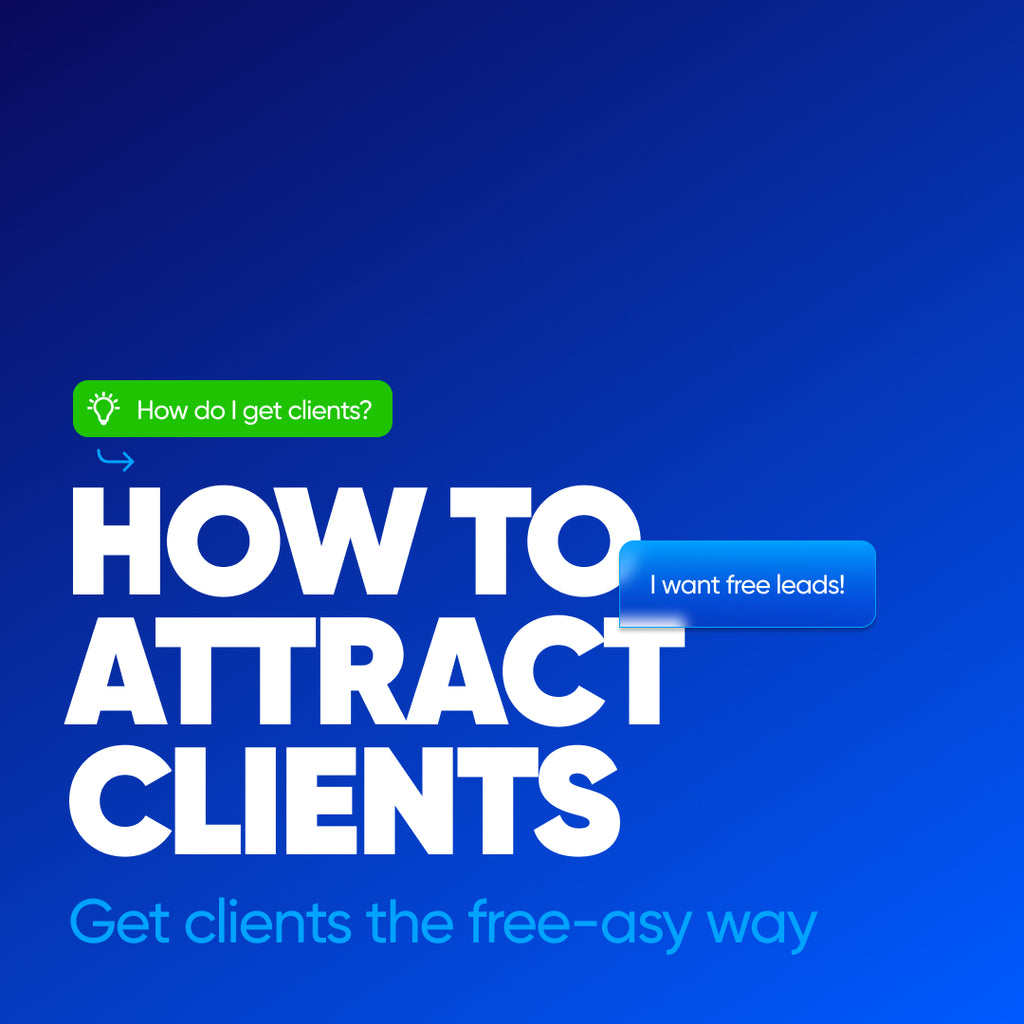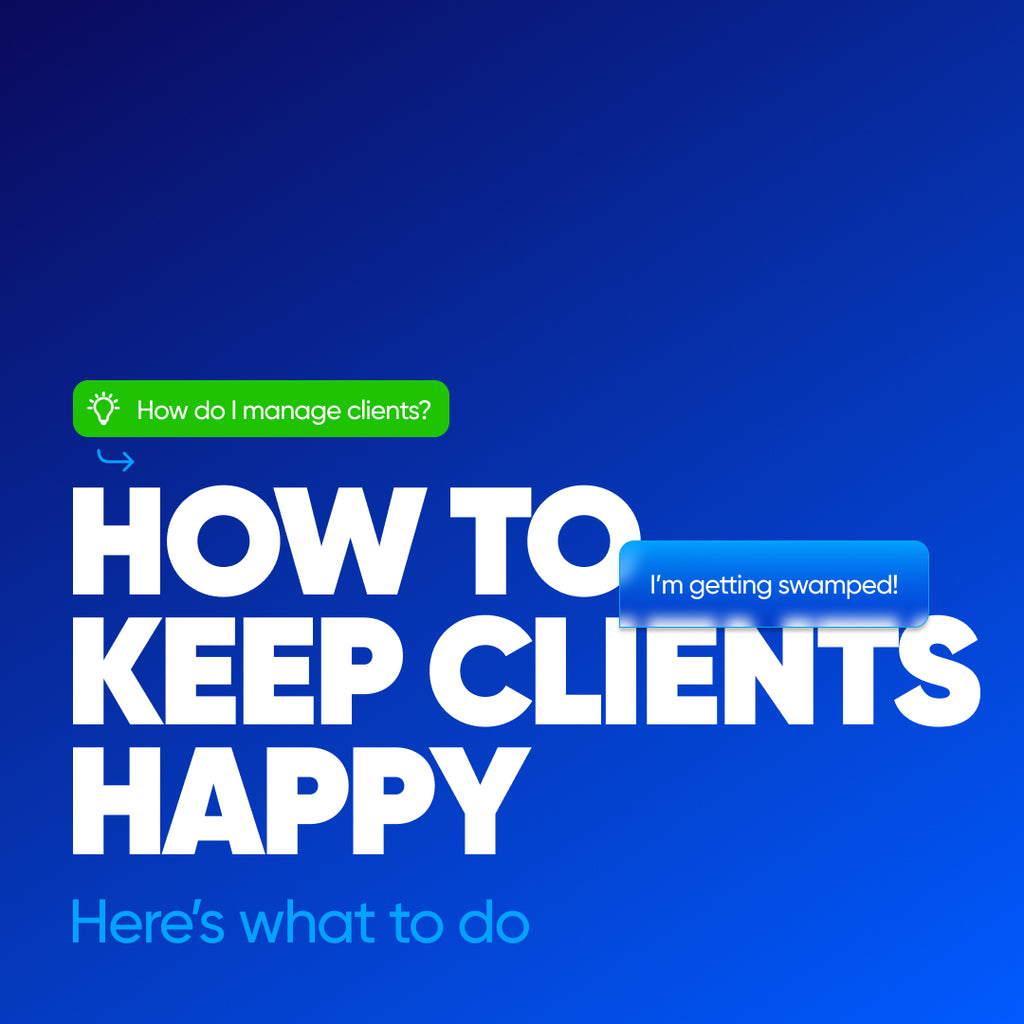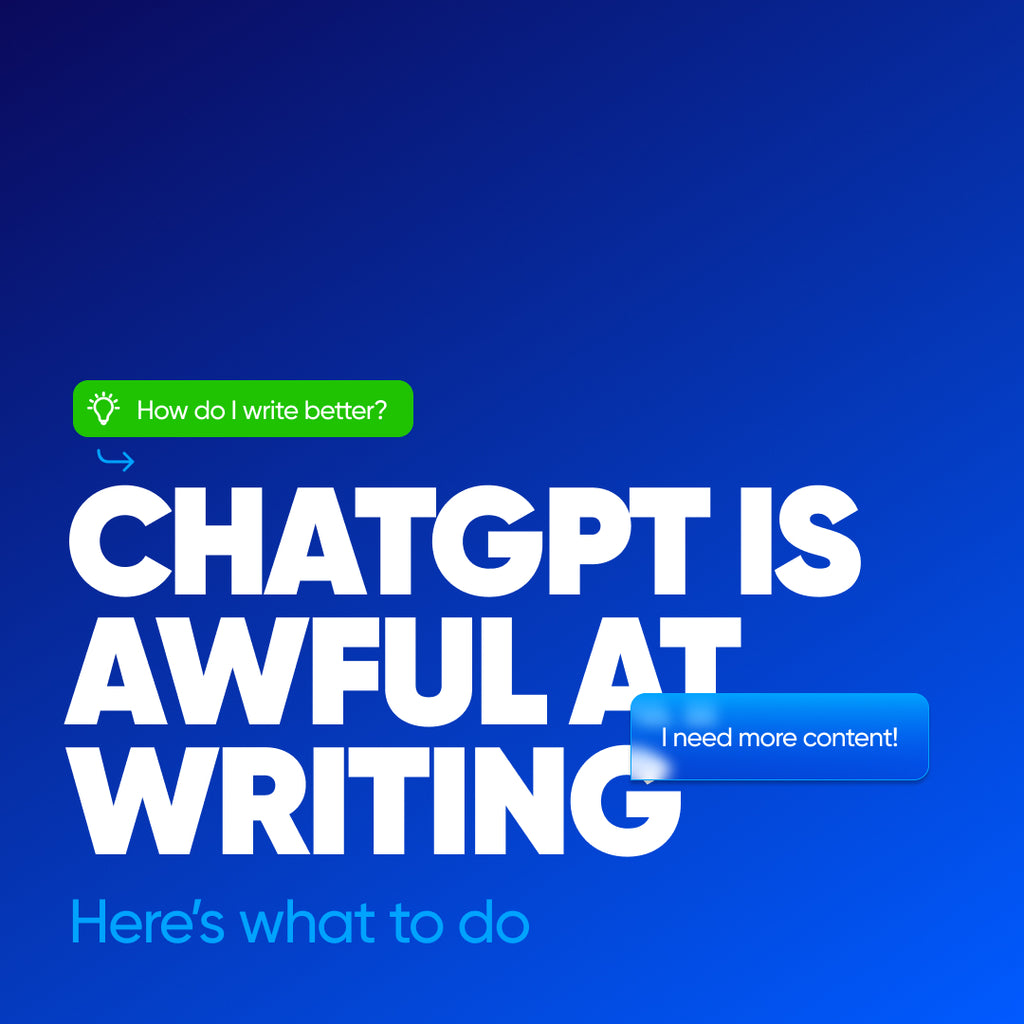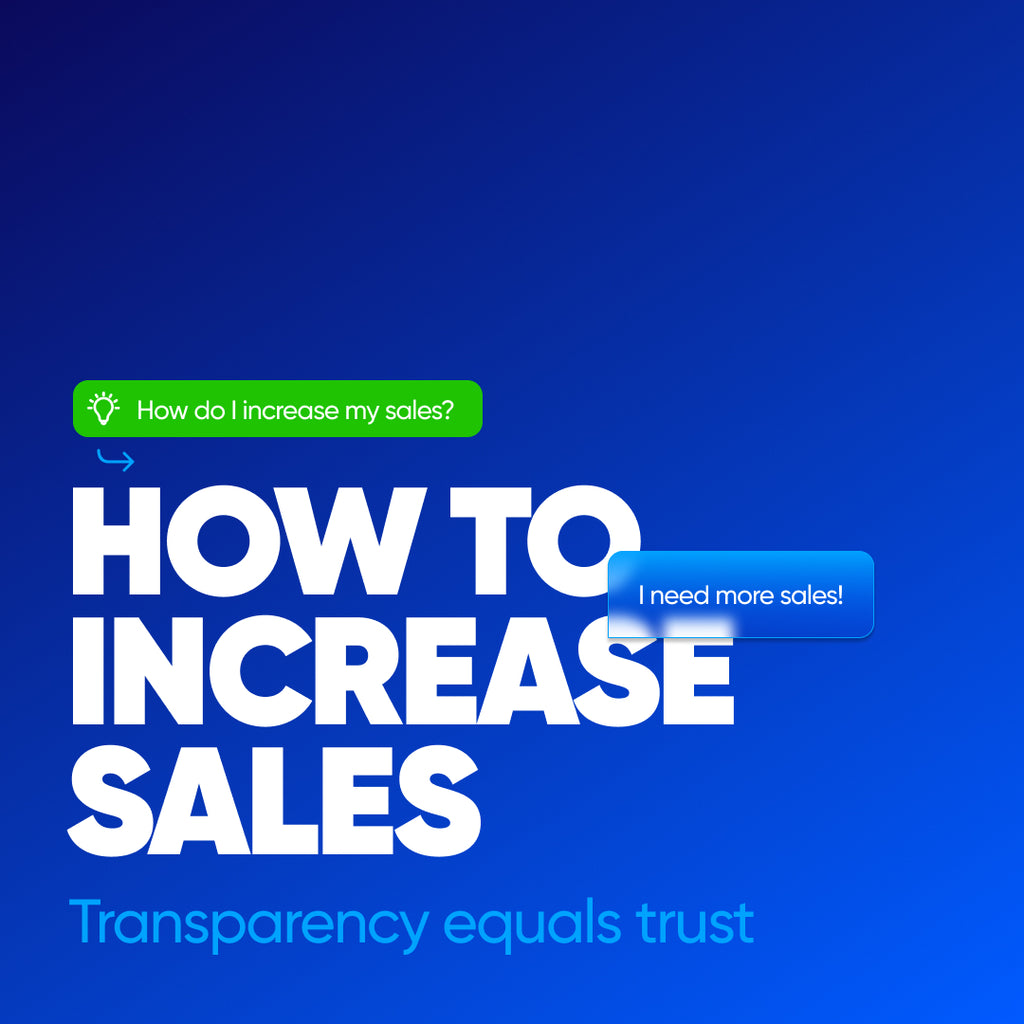In this article, you will learn how to write a high converting sales page in a format that resonates with your target audience.
Writing sales pages doesn't have to be a chore. With this simple step-by-step guide, you can create one of the best sales pages your potential customers will ever see.
Here is how to write a sales page:
-
Figure out the User's Entry Point
-
Write a Scroll-stopping Headline
-
Write Benefits and Features
-
Write the Lower Funnel Offer
-
Prove Expertise, Authority, and Trustworthiness
-
Prove Your Offer is Low-Risk, High-Reward
-
Present the Call to Action
Figure out the User's Entry Point
Want to know what pro copywriters do? They start with the user's intent.
I've rewritten sales pages from "professional" copywriters countless times. The major issue with all of them is that they try to just be clever and catchy. What's wrong with that? Nothing at all unless no one reads it, which is often the case.
Understanding how to write a sales page always starts with the user's intent. Your headline won't mean a thing if you haven't aligned your landing page or writing sales pages that hit the nail on the head of what the user is searching for.
High converting sales pages don't rely solely on being perfectly written. They rely on first getting users to the sales page, then using creativity to write a sales page that converts.
The most critical step to do BEFORE you write the headline for the sales page or landing page is to understand why and how the user will reach the sales page.
This is called intent, and there are four main categories of user intent:
-
Information Intent (Looking for how to do something)
-
Navigation Intent (Looking for a specific brand)
-
Transactional Intent (Looking to buy something)
-
Commercial Intent (Looking to research a product or service)
Ignore this step at your peril. I've seen all professional copywriters skip this step, write a sales page, and then achieve zero search results. These pages are often written perfectly for the target audience, are funny, catchy, and would convert, but they get no traffic.
The biggest question is this: "If you have written a perfect sales page, but it gets no traffic, is it perfect?"
To judge this efficiently, your sales page should have about 1,000 organic viewers per month after about six months. I've seen $3,000 sales pages written "perfectly" that get 50-100 views per month, which is nothing if you're trying to sell products. Often, these "professional" sales pages would take YEARS to pay for themselves.
This is why I rewrite so many. No matter how "good" your sales page copy is, if no one reads it, then it's ineffective.
To ensure that you are getting the best sales pages to increase sales on your landing page, you have to write for the search intent of the user.
To give you examples of search intent-based pages:
-
Information Intent (These searches most often go directly to a Blog Post with How To videos)
-
Navigation Intent (These searches typically go directly to your Home Page)
-
Transactional Intent (These searches typically go directly to your Product Page)
-
Commercial Intent (These searches typically go directly to your Collections and Categories Pages that have numerous related products)
When you write your sales page with this in mind, you can see that each of these should have a main Sales Page, as well as clear internal links and customer journeys to fulfill the entirety of the search intent.
Write a Scroll-stopping Headline
Catching the viewer's attention gets complicated when they see so many messages daily. Here is how to write a great headline.
There are both Creative and Technical considerations to understand when writing a Headline for your sales page. If you have a long-form sales page, you have likely spent a significant amount of time writing it, so ensuring that you have a great Headline that makes the viewer stop and click is vital to the success of your sales page.
You want to show off that you sell the great stuff, whether it's your one on one coaching program (shameless plug!), a product, or a service. A great headline captures the viewers' attention and helps build a sales page that converts.
When you create sales pages, keep in mind a scroll-stopping headline. What is the problem you are solving and the benefit of solving that problem for your client? This is known as the value proposition and is a vital component of converting clicks into happy customers.
When I wrote my sales pages for my website, I used the headline "Rockstar Graphic Designer with a Back Up Singer Price." It has resonated well with clients and is just what they are looking for when hiring a freelancer like myself.
Think about how you can interchange your headline to work in various ways. For example, with my headline, I can swap out "Graphic Designer" with any number of services I provide and use it across multiple marketing pieces.
Keep in mind these points when writing a headline:
-
Solve a Problem and Present a Benefit
-
Keep it Under 10 Words for Easy Memorization
-
Keep your Title to 70 Characters Maximum for the best Search Engine Results
Write Benefits and Features
When you write a sales page and focus primarily on the customer's benefits, you put their needs for your product or service first.
Benefits BEFORE features are an essential piece of the puzzle that makes landing pages pop! By focusing on the benefit, first, you put the customers' problems first, and it helps you resonate with them. When writing sales pages that convince visitors to work with you, you must speak to their particular pain points, and one way to do that is with Benefits.
Whether you are writing a sales letter, landing pages, or a value proposition, your writing will always elevate when you put the benefit first, then discuss the feature.
If you start with the feature, you can confuse the client. Many clients will be new to your product or service's value proposition. If they are new to it, they won't understand it nearly as well as you and may not know what the feature means.
For example, a "carbon fiber body" on a car may not make sense to a customer, but "incredible handling from using lightweight materials" will be understood by all reads.
When you write your sales page, keep in mind to think:
-
What are the primary problems your product or service solves?
-
What benefits does the customer receive by solving these problems?
-
What are the features of the product or service that cause these benefits?
Write the Lower Funnel Offer
Effective sales page copy and sales page design require that you are leading your reader through the path to purchase.
It is easy to get carried away by rambling on long sales pages and miss the best sales page ingredients. In the lower funnel offer, you aim to answer all of the objections before the client can ask them. This is one vital aspect of high converting pages.
Ask yourself these questions:
-
How much does the product or service cost?
-
How quickly does the customer receive the product or service?
-
When do you ship the product or begin the service?
Prove Expertise, Authority, and Trustworthiness
The E.A.T. acronym of Google works perfectly when writing a fantastic article for a high converting sales page.
When creating sales pages, a great sales page recipe is to use the E.A.T. acronym from Google. This is Expertise, Authority, and Trustworthiness. Using this as a guideline for writing a sales page, you can write an amazing article for your prospective customers to demonstrate that you are the business to buy from.
Organic search also benefits significantly from this type of sales copy. By offering prospective customers an excellent article with great tips and a compelling headline, you establish E.A.T. with your content marketing.
-
Have you demonstrated that you understand the problem?
-
Have you demonstrated that you have solved this problem before?
-
Have you demonstrated that others have been happy with your solution with social proof?
Prove Your Offer is Low-Risk, High-Reward
The core problem with any business is turning potential clients into satisfied customers.
You can stop your business from losing money on conversions by ensuring that the client's primary pain points are addressed. To do this, my one recommendation is to prove that your offer is low-risk and high-reward. You can add guarantees and social proof within your product pages.
All clients can now charge back your product or force a refund. It's difficult to combat this. This technicality, although unfair in many cases and morally reprehensible to people who abuse this feature, you can offer a money-back guarantee because you already do if you are accepting payments for your business... which you are.
-
What is the value proposition?
-
What makes your product or service low risk to potential customers?
-
Have you added testimonials from happy customers?
Present the Call to Action
With all the tools you have at your disposal to write a compelling sales landing page, there comes a time when you have to ask for money.
This is called a call to action, where you ask your customers to take the next step when purchasing your product or service. Typically a call to action (CTA) has a visual representation like a button.
One way I have found to organize your content is to start by writing headlines, then your subheadings, followed by body copy and a bullet points list, and your CTA buttons.
This format makes skimming your writing easy for the viewer, as people primarily want to answer questions on the internet. It is vital that you are using Google's Helpful Content guidelines and not rambling.
-
A sales page that converts requires a solid call to action
-
Is there a time-limited discount?
-
Is the call to action noticeable to prospective customers?
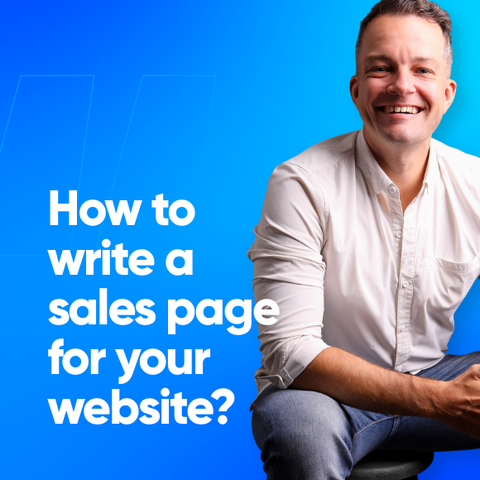
How to write a sales page for your website?
Then, pick one of these:
Third, try these:

Write like a pro with Surfer!

Start your Website with Shopify today!


